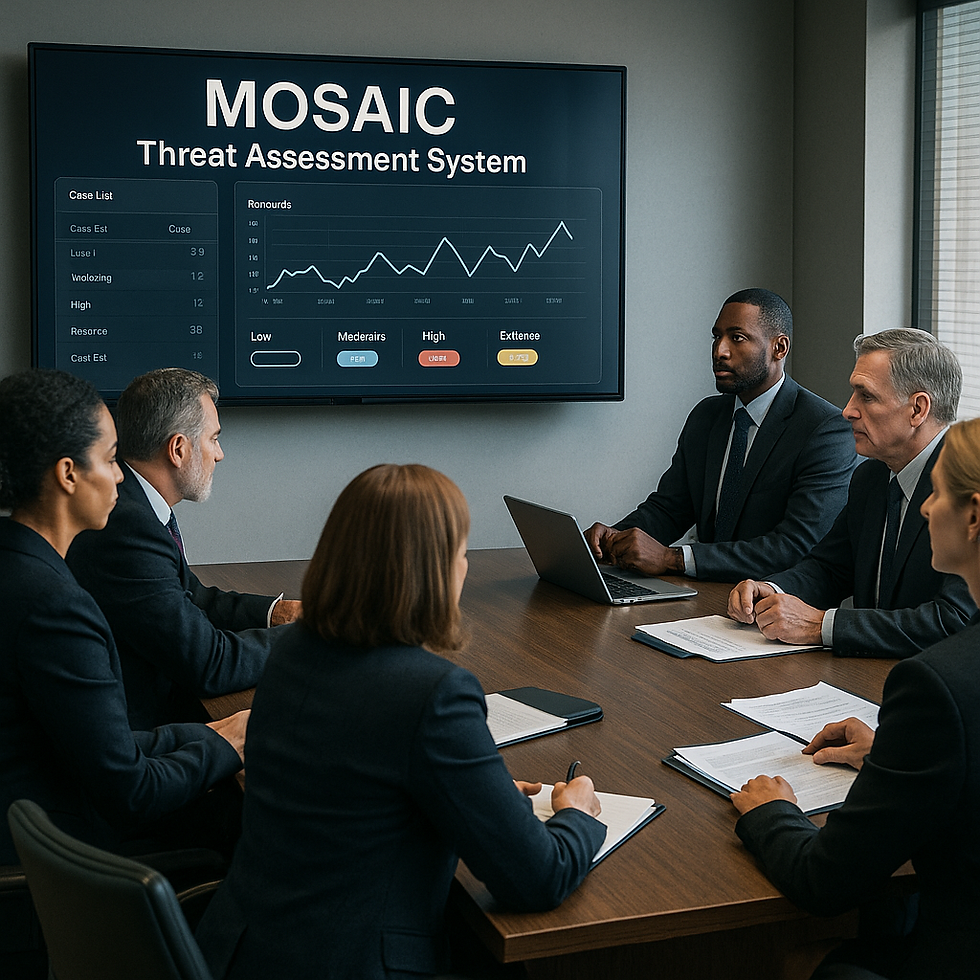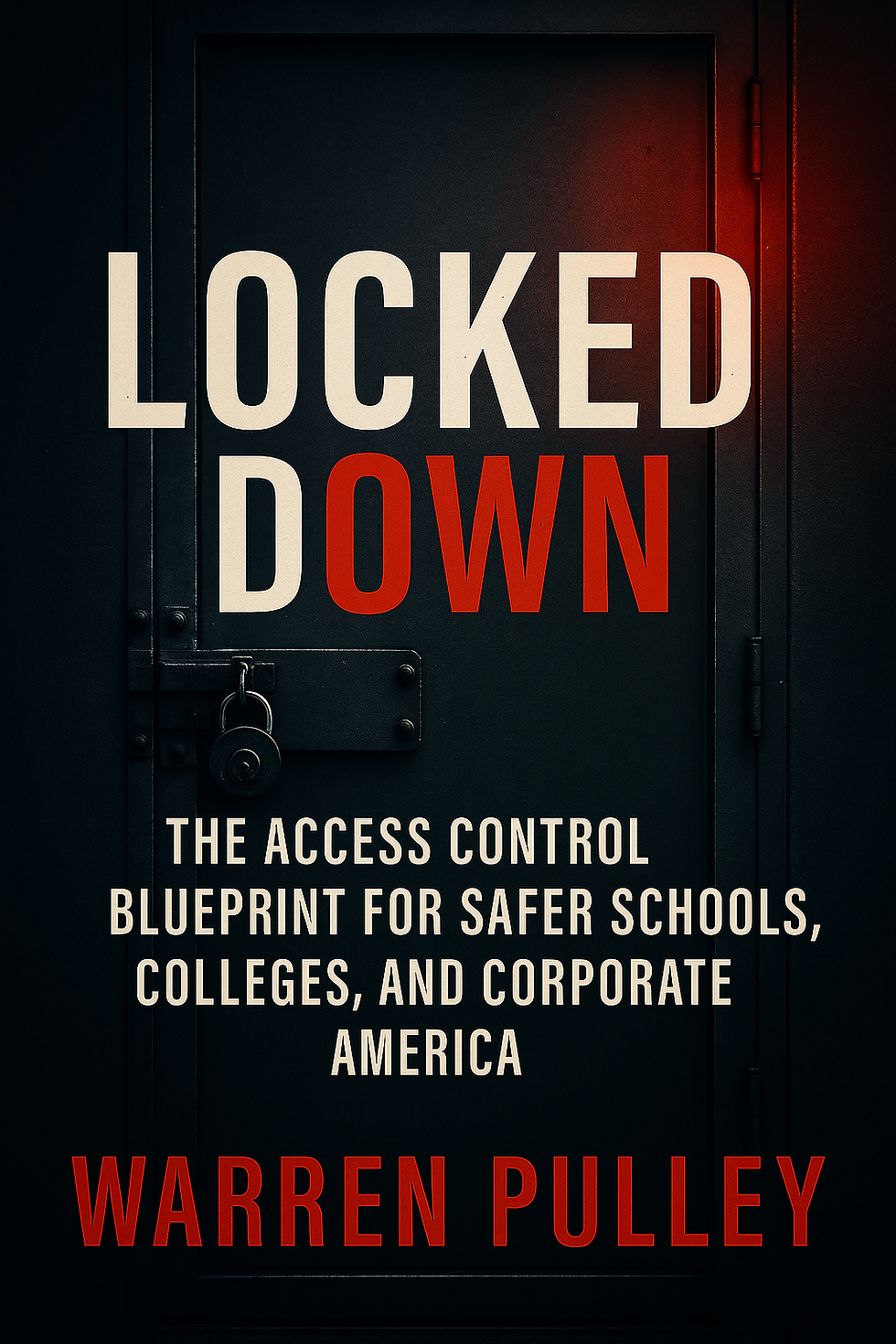Transient vs. Substantive Threats in Education The C-STAG Model Explained
- CrisisWire

- Sep 29
- 2 min read
In 2024, a high school student scrawled “Tomorrow is payback” on a bathroom wall. Was it a joke, or a genuine warning? Schools nationwide face these dilemmas every week.
Without structured models, administrators risk overreacting (punishing harmless behavior) or underreacting (missing a warning that escalates to tragedy).
That’s why the Comprehensive School Threat Assessment Guidelines (C-STAG) were created — to help schools distinguish between transient threats and substantive threats. In 2025, applying this model is not optional — it’s lifesaving.
The Problem: Why This Issue Exists
Zero-tolerance policies often punish students harshly for jokes, damaging trust.
Inconsistent judgment by administrators leads to uneven outcomes.
Lack of training means threats aren’t evaluated systematically.
These failures cause schools to either ignore real dangers or create unnecessary crises.
(Related read: Threat Assessment 2025: How Schools, Businesses, and Institutions Separate Real vs. Fake Threats)
Case Studies / Real-World Evidence
Case 1: Virginia, 2019 — A student said, “I’ll kill you” in frustration during a basketball game. With C-STAG applied, it was deemed a transient threat — addressed with counseling, not expulsion.
Case 2: Florida, 2021 — A student shared detailed plans and access to weapons. C-STAG identified it as a substantive threat, triggering immediate intervention.
FBI & DHS Support — Both agencies recommend behavioral models like C-STAG, showing structured assessments prevent violence more effectively than zero-tolerance policies.
For authoritative guidance, see FBI School Safety Resources.

Actionable Fixes (The Playbook)
1. Train All Staff on C-STAG Basics
Ensure teachers and counselors know how to flag threats.
2. Define the Two Categories Clearly
Transient Threats → No sustained intent, impulsive, often resolved with apology/counseling.
Substantive Threats → Sustained intent, access to means, ongoing risk.
3. Multidisciplinary Assessment Teams
Include principals, counselors, SROs, and mental health staff.
4. Response Protocols
Transient threats: Resolution, support, documentation.
Substantive threats: Law enforcement notification, safety planning, intervention.
For deeper playbooks, see The Threat Assessment Handbook — including sample protocols.
Leadership Responsibility
School leaders are accountable for getting this right:
Legal liability if a substantive threat is ignored.
Community backlash if a student is unfairly punished for a transient incident.
Insurance implications if no formal threat assessment process exists.
As reinforced in Campus Under Siege, schools are among the most vulnerable soft targets. Leaders must act decisively with structured models.
Follow our ongoing insights on CrisisWire’s LinkedIn.
📧 Contact us at crisiswire@proton.me for tailored threat assessments, continuity planning, and site security solutions.
Follow CrisisWire:
👉 Explore more insights on the CrisisWire Blog.





Comments